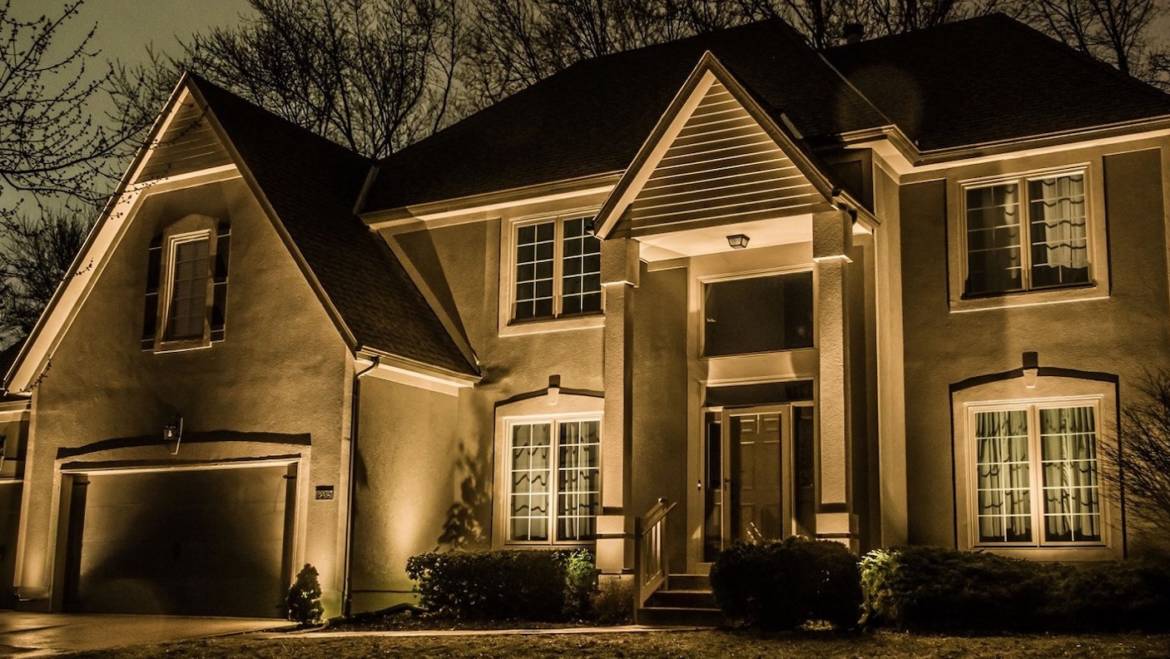Quantity of light is relative to overall brightness of the area.
The more ambient light around (streetlights, neighboring houses, etc), the more light you’ll need to make the path lighting stand out. In rural areas with low ambient light, less is more. Your eyes already adjust to the dark, and too much light can cause glare, making it more difficult to see. A little goes a long way. 5-10 watts of halogen light and 1-3 watts of LED for every 10 feet is fine.
The most important element of light spacing are the architectural features of your home. Different fixture shapes, lamp sources, and light distribution all impact spacing.
Be mindful of light distribution from the fixture. Is it round or an ellipse? If it’s an ellipse, do the long sides of the ellipse follow the edge of the path?If not, they should.
Also, do you want overlapping pools of light or distinct, isolated spots? The former provides added safety, offering a continuous line of uninterrupted light, while the latter is more dynamic and dramatic. You want to strike a balance between visual interest and safety.
Finally, make sure the fixture has adequate shielding as to not shine in people’s eyes or into the sky. The light should point at the ground only.

